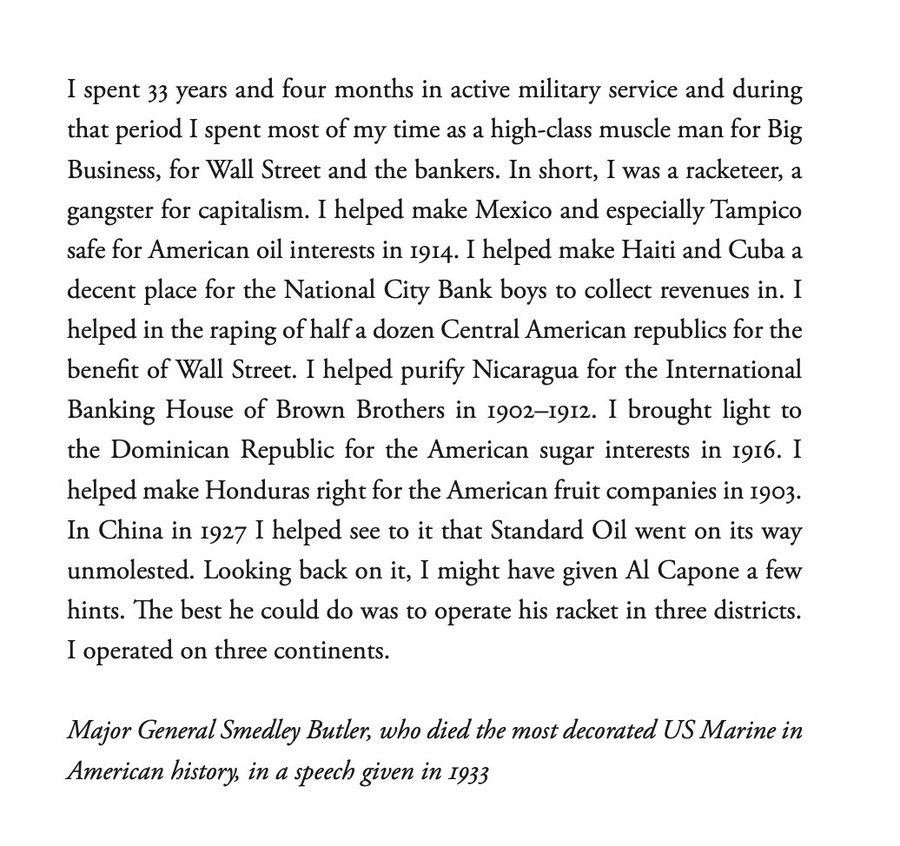1. When inflammation is present in the brain (excess protons or too few electrons), the three fundamental laws of nature are altered in our tissues. This causes them to decrease their ability to deliver higher levels of oxygen to the neocortex below to maintain proper cognitive function. This decreased oxygen density over specific portions of the neocortex acts to limit its function, relative to other areas of the neocortex by changing proton conduction.


2. This single event uncouples mitochondrion in the neocortex and it raises that neuron’s basal metabolic rate. A chronic raised basal metabolic rate leads to cerebrovascular diseases because it increases mitochondrial respiration and the amount of physiologic work a cell has to do. This is why ALL brain diseases are associated with atherosclerosis at a core level. This is precisely how leptin resistance causes a neuro-cognitive decline in humans.


3. The CSF around the hypothalamus becomes less dense and has a higher temperature with higher levels of cytokines in it, causing us to lose energy/info to the environment. We’ve known for a long time that only two things lower metabolic rates in living things, strong solar stimulus, and cooling. This changes the hydrogen bonding network possible in CSF. The problem for medicine is that these scaling laws of energy flux have not made it into clinical medicine as yet. This loss of energy means less oxygen is delivered to the neurons in the hypothalamus, which is designed to work optimally when there is harmony and energy balance in humans.


4. This is why in EMF 2, I told you the leptin receptor was an ‘account’ of photons, protons, and electrons. All bits of matter that make things up roughly have equal numbers of electrons and protons. The number of photons varies. The basics of what most people forget are that if this were not so, there would be an excess of a positive or negative charge, and this would create a massive force pushing all the excess charge out, leaving behind a core group of neutral charges.
5. When sunlight moves electrons/protons in us with the energy in light waves it alters the arrangement of our bio-molecules and changes their thermodynamics. A change in an arrangement is a change in the "information" in the system. Different molecular arrangements have different energies/information associated with them. This difference in energy/info is how bio-molecules are quantized to light frequencies. It also explains how metabolic networks became coupled to terrestrial solar frequencies.


6. The brain evolved, I believe to order this process using solar frequencies between 250-780 nm. The circadian signals are how that energy harmony is translated from the outside world to the inner workings of biochemistry. When these signals are off for any reason at all, we begin to lose energy to our environment by emitting black box radiation from our bodies. Essentially, we are losing captured sunlight, and this decreases the amount of physiologic work a cell can do. This means in illness cells are losing energy at the vibrational or electronic level and can no longer remain a dissipative structure.




7. Prigogine defined dissipative structures and their role in thermodynamic systems far from equilibrium, a discovery that won him the Nobel Prize in Chemistry in 1977. In summary, Ilya Prigogine discovered that the importation and dissipation of energy into chemical systems could result in the emergence of new structures (hence dissipative structures) due to internal self-reorganization. In his 1955 text, Prigogine drew connections between dissipative structures and the Rayleigh-Bénard instability, and the Turing mechanism. Prigogine's theorem is germane to these ideas.
Mitochondria are dissipative structures in cells, but not the only ones. They transform energy and create order from the disorder in light energy they use to operate. The water mitochondria create is probably the single most important dissipative structure that life is based upon in cells. According to Prigogine, determinism loses its explanatory power in the face of irreversibility and instability in dissipative systems. This is a major departure from the approach of Newton, Einstein, and Schrödinger, all of whom expressed their theories in terms of deterministic equations.
Mitochondria are dissipative structures in cells, but not the only ones. They transform energy and create order from the disorder in light energy they use to operate. The water mitochondria create is probably the single most important dissipative structure that life is based upon in cells. According to Prigogine, determinism loses its explanatory power in the face of irreversibility and instability in dissipative systems. This is a major departure from the approach of Newton, Einstein, and Schrödinger, all of whom expressed their theories in terms of deterministic equations.
8. Indeterminism is the opposite of determinism and is related to chance. Chance is related to probability. In science, most specifically quantum theory in physics links directly to probability and not cause and effect. Indeterminism is the belief that no event is certain and the entire outcome of anything is probabilistic. Heisenberg's uncertainty principle and the "Born rule", proposed by Max Born, are often starting points in support of the indeterministic nature of the universe. Indeterminism is also asserted by Sir Arthur Eddington and Murray Gell-Mann. Indeterminism has been promoted by the French biologist Jacques Monod's essay "Chance and Necessity". Ilya Prigogine argued for indeterminism in complex systems.
9. At life's genesis chaos has to gain order. Dissipative structure theory really aims to solve this problem for biology by using physics.
Dissipative structure theory led to pioneering research in self-organizing systems, as well as philosophical inquiries into the formation of complexity on biological entities and the quest for a creative and irreversible role of time in the natural sciences.
There is a well-known theorem of minimum entropy production derived by Prigogine, which states that entropy exported from a system reaches a minimum, or becomes zero, at thermodynamic equilibrium and at steady states close to thermodynamic equilibrium. Prigogine's theorem is a direct consequence of Onsager's reciprocity relationship which holds at steady states close to thermodynamic equilibrium. The principle of internal entropy compensation, is in addition to, and implies the principle of minimum entropy production, and may even be valid in regimes far from thermodynamic equilibrium.

Dissipative structure theory led to pioneering research in self-organizing systems, as well as philosophical inquiries into the formation of complexity on biological entities and the quest for a creative and irreversible role of time in the natural sciences.
There is a well-known theorem of minimum entropy production derived by Prigogine, which states that entropy exported from a system reaches a minimum, or becomes zero, at thermodynamic equilibrium and at steady states close to thermodynamic equilibrium. Prigogine's theorem is a direct consequence of Onsager's reciprocity relationship which holds at steady states close to thermodynamic equilibrium. The principle of internal entropy compensation, is in addition to, and implies the principle of minimum entropy production, and may even be valid in regimes far from thermodynamic equilibrium.

10. He had some very interesting things to say about TIME in his work and Nobel Prize speech. You should watch it sometime. I think they are key to understanding circadian biology and timing. All of our time reversible equations in physics created by Newton, Einstein, and Schrödinger describe a simplification of what actually occurs in nature. We live our lives with eyes blinkered, dismissing reality as the exception to our neatly formed approximations of what time really is.
11. Time is a critical issue for dissipative systems. While most current thermodynamical analyses used in biology completely ignore space-time structure, the “thermodynamics of organized complexity” applying to living systems depends WHOLLY on space-time heterogeneity, which allows ‘free’ variation of microscopic states within macroscopic constraints. THIS DEFINES WHAT A MITOCHONDRIA WAS DESIGNED TO DO AND TO BE IN A VARYING EMF FIELD CREATED ON THIS PLANET by the sun.


12. His theories offer us another possibility of some form of enthalpy-entropy compensation, as mentioned in my work in connection with enzyme catalysis, so that coherent energy is conserved in organelles in the cell, with no entropy generated. This is maintained by the atomic organization of atoms in a cell. The system could be arbitrarily far away from equilibrium, so long as, at some sufficiently macroscopic space-time of interest, the overall balance is attained, and the net entropy production of the system either vanishes or reaches a minimum.
The internal balance of entropy production means that the system maintains its organized heterogeneity or dynamic order. It is in turn dependent on energy flow being symmetrically coupled and cyclically closed over the system as a whole. In other words, it depends on the validity of Onsager's reciprocity relationship in systems far from thermodynamic equilibrium.
The internal balance of entropy production means that the system maintains its organized heterogeneity or dynamic order. It is in turn dependent on energy flow being symmetrically coupled and cyclically closed over the system as a whole. In other words, it depends on the validity of Onsager's reciprocity relationship in systems far from thermodynamic equilibrium.
13. Circadian time stamping is done AFTER DNA is translated. This implies that the genetic code is not the primary issue in diseases and health creation. Time stamping is due to his theorems of Prigogine. Circadian time stamping also puts undue stress on our cell’s mitochondrion and they begin to act less like a part of our cellular design and more like a captured slave bacteria that they really are. Since a mitochondrion has bacterial origins, most of man’s chronic diseases look like infectious diseases at the core. This is deceptive because this viewpoint does not go down to the most critical level to understand how subatomic charged particles behave at small scales with the electromagnetic forces that light waves can impart to them.


14. One of the hallmarks of the living system in cells is that they are exquisitely sensitive to specific, weak signals. Most of these signals are electromagnetic in nature. The human eye can detect single photons falling on the retina, which pass information directly to the SCN and all its mitochondria. This retina is where the light-sensitive photoreceptors in cells send out an action potential that represents a million-fold amplification of the energy in the photon. This defines what a non-linear stimulus is. Some of you know it by the butterfly effect.
It is not just a property of the central retinal pathways. The entire system is a plasma or syncytium of excitable matter ready to react to the environment's EMF signals. Similarly, a few molecules of pheromones in the air are sufficient to attract male insects to their mates. This sensitivity is characteristic of all parts of the system and is a consequence of the energy stored = related to the AMO physics of organization.
No part of the system has to be pushed or pulled into action, nor be subjected to mechanical regulation and control. Instead, coordinated action of all the parts depends on rapid intercommunication throughout the system because of how it is built to react to light. The organism is a system of “excitable media” (syncytium) — excitable cells and tissues poised to respond specifically and disproportionately to weak signals because a large amount of energy stored everywhere automatically amplifies weak signals. These signals often direct things in cells into macroscopic actions. This is how order is built from chaos in a dissipative structure described by Prigogine's theorem.

It is not just a property of the central retinal pathways. The entire system is a plasma or syncytium of excitable matter ready to react to the environment's EMF signals. Similarly, a few molecules of pheromones in the air are sufficient to attract male insects to their mates. This sensitivity is characteristic of all parts of the system and is a consequence of the energy stored = related to the AMO physics of organization.
No part of the system has to be pushed or pulled into action, nor be subjected to mechanical regulation and control. Instead, coordinated action of all the parts depends on rapid intercommunication throughout the system because of how it is built to react to light. The organism is a system of “excitable media” (syncytium) — excitable cells and tissues poised to respond specifically and disproportionately to weak signals because a large amount of energy stored everywhere automatically amplifies weak signals. These signals often direct things in cells into macroscopic actions. This is how order is built from chaos in a dissipative structure described by Prigogine's theorem.

• • •
Missing some Tweet in this thread? You can try to
force a refresh


















